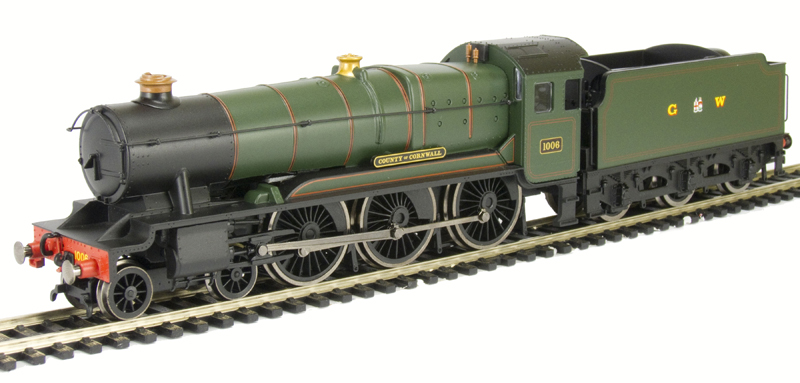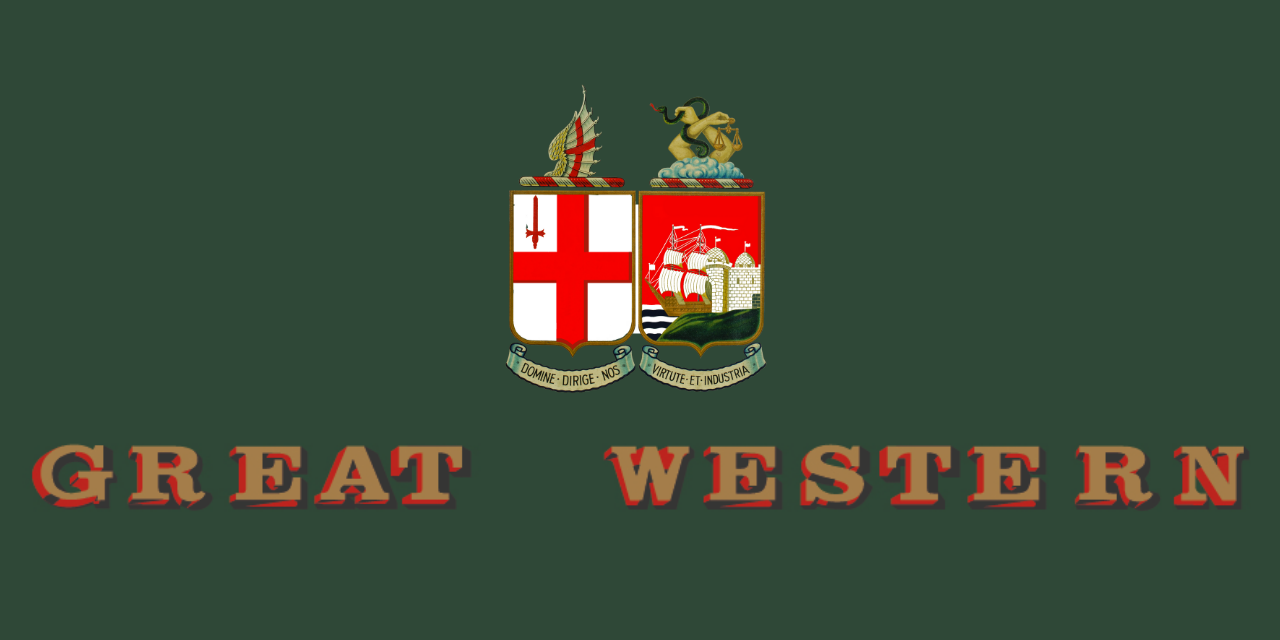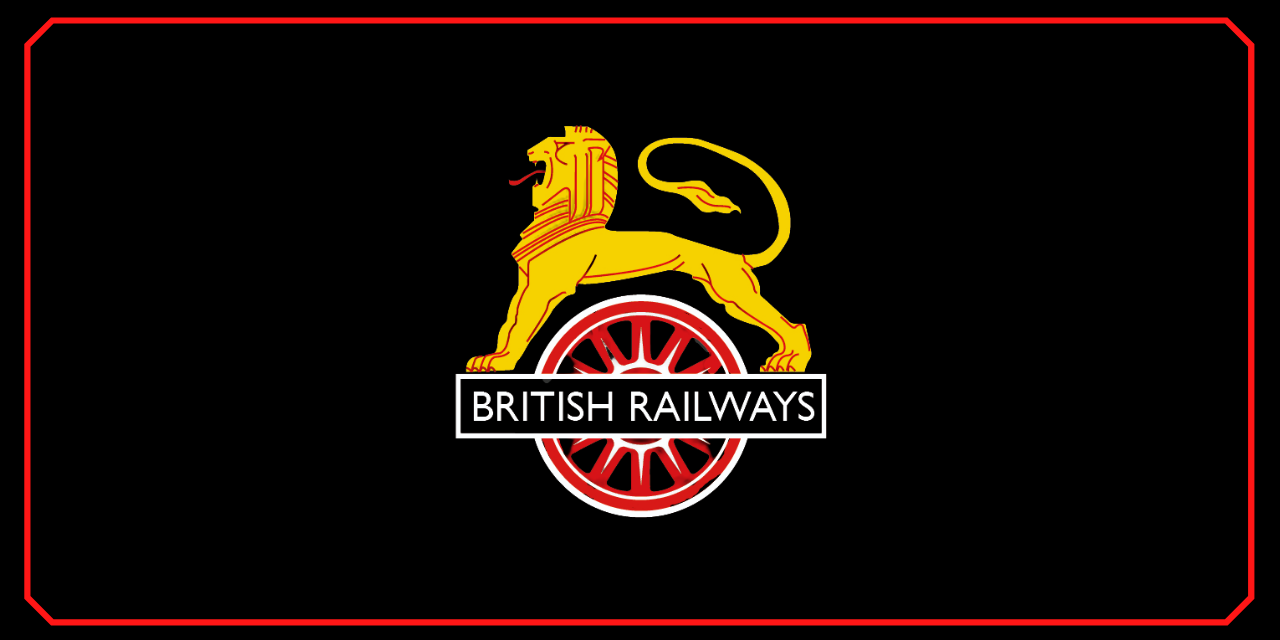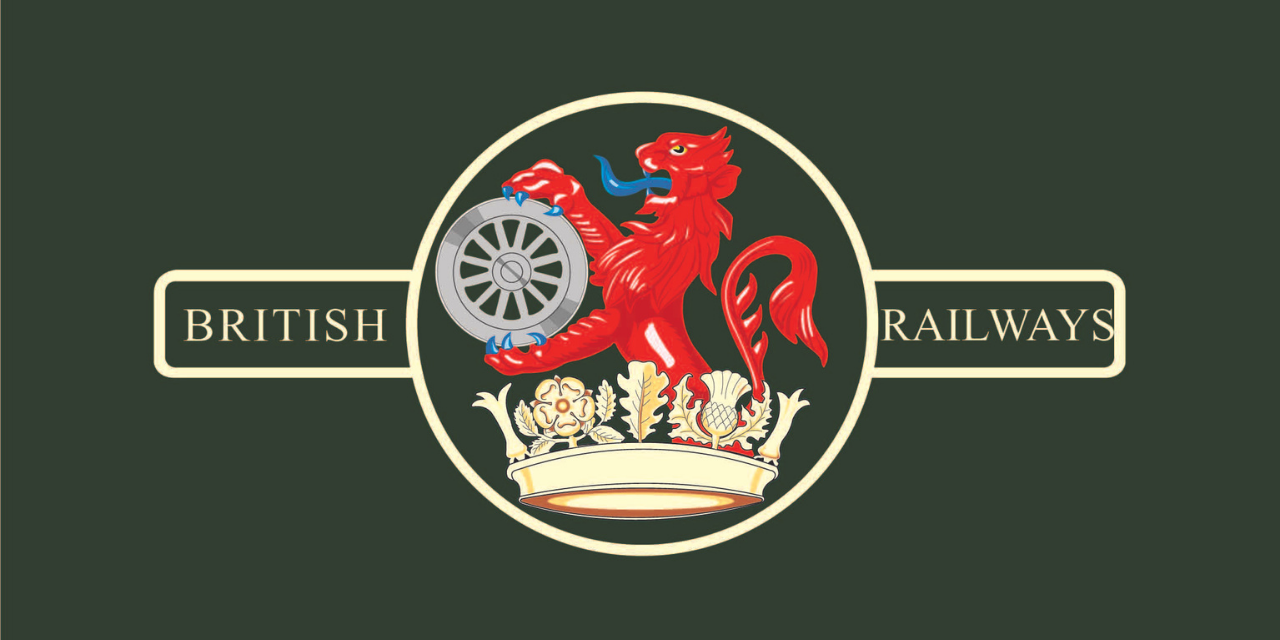4-6-0 Class 10xx County GWR Profile and Models

1000 'County of Middlesex' at Bristol Bath Road Depot in August 1958. ©Ben Brooksbank
|
The Great Western Railway 1000 Class or County Class was a class of 4-6-0 steam locomotive. Thirty examples were built between 1945 and 1947, but all were withdrawn and scrapped in the early 1960s. A replica locomotive is under construction. These locomotives were the final and most powerful development of the two-cylinder Saint Class introduced in 1901 and included several features that had already been used on the successful Modified Hall class. In addition to the innovations already adopted for the Modified Hall class, the new class contained several further changes from usual Great Western practice including the use of double chimneys on certain members and a high boiler pressure of 280psi.The Counties had a mixed reception: some traditionalists regarded them as ‘non-standard, expensive and unnecessary,’ others considered them a successful, free steaming design, well suited to express or freight work and a fitting finale to GW two-cylinder 4-6-0 development. All were scrapped. |
|
|
Type of Locomotive |
Steam |
|
Builder |
GWR Swindon Works |
|
Build Date |
1945 to 1947 |
|
Total Built |
30 |
|
Tractive Effort |
32,580 lbf (Original) 29,090 lbf (Later reduced) |
|
Wheel Configuration |
4-6-0 |
|
Operated By |
Great Western Railway British Railways |
|
Main Duties |
Mixed Traffic |
|
In Service Until |
1964 |
|
Surviving Examples |
0 |
Products awaiting categorisation
| Scale | Brand | Image | Construction Type | DCC Capability | Product Code | Product Title | Livery |
|---|---|---|---|---|---|---|---|
| OO Gauge (1:76 Scale) | Amer Collection |

|
RTR/RTUse/Pre-assembled | Not set |
GBL36 View |
County class 4-6-0 1014 'County of Glamorgan' in GWR green - static model - not motorised | Awaiting Categorisation |
| OO Gauge (1:76 Scale) | Jamieson - Eames kits |

|
Not set | Not set |
County-JAM View |
GWR 'County' 4-6-0 kit | |
| N Gauge | Langley |

|
Requires assembly | Not set |
B37Langley View |
GWR Hawksworth County Class 4-6-0 Body Kit | Awaiting Categorisation |
| N Gauge | P & D Marsh |

|
Requires assembly | Not set |
A21PD View |
GWR 10xx County Class kit | Awaiting Categorisation |



 GWR green
GWR green
 BR green with early emblem
BR green with early emblem
 BR black with early emblem
BR black with early emblem
 BR green with late crest
BR green with late crest
 Awaiting Categorisation
Awaiting Categorisation